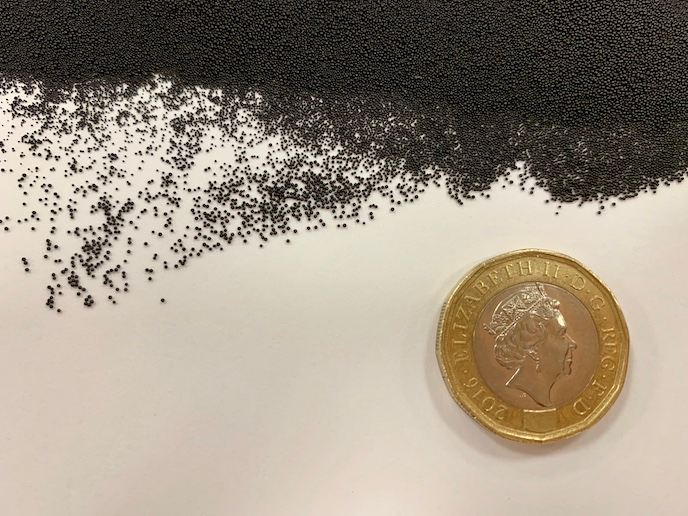Extracellular antibiotic resistance
Over the years, research on antibiotic action and resistance has focused on targeting essential functions within the bacterial cell. However, emerging evidence indicates that we need to consider extracellular resistance, a term that refers to the molecules that bacteria produce, which interfere with antibiotics outside the bacterial cell. Highly antibiotic resistant cells in low proportion within a heterogeneous population protect the majority of less resistant cells, as well as less resistant cells of other species. Protection seems to depend on the augmented production and release of bacterial molecules that diffuse to the medium and mediate increased antibiotic resistance. The EU-funded NONANTIRES (Non-genetic mechanisms of intrinsic antimicrobial resistance) project investigated how bacteria respond to sub-lethal antibiotic concentrations and what molecules they release. For this purpose, they utilised the epidemic cystic fibrosis (CF) pathogen, Burkholderia cenocepacia, which upon bactericidal antibiotic challenge secreted the polyamine putrescine, and the bacterial lipocalin protein BcnA. Insight into their mechanism of action showed that both molecules protected the producing bacterial cells and more sensitive bystander cells of other species from antibiotic killing. In particular, putrescine prevented antibiotic binding to the bacterial surface, and ameliorated oxidative damage inside the cells. The most common CF pathogen Pseudomonas aeruginosa, also overproduced putrescine upon antibiotic challenge. BcnA was found to be remarkably conserved among bacteria and to belong to a large family of conserved hypothetical proteins (YceI). Certain YceI members could bind amphiphilic molecules and sequester toxic fatty acids or amides, while others interacted with isoprenoid lipids and chlorophenoxy herbicides. Interestingly, scientists observed that certain vitamins and essential food micronutrients could overcome in vitro and in vivo antibiotic resistance by bacterial lipocalins. This intriguing capacity unveiled new solutions for combatting antimicrobial resistance. Taken together, NONANTIRES provided compelling evidence for the cooperative behaviour of bacterial populations when exposed to antibiotics. With the problem of high-level multidrug resistance becoming aggravated further by the emergence of Gram-negative bacterial pathogens, the NONANTIRES work has the potential to lead to new, more effective antibiotics.







